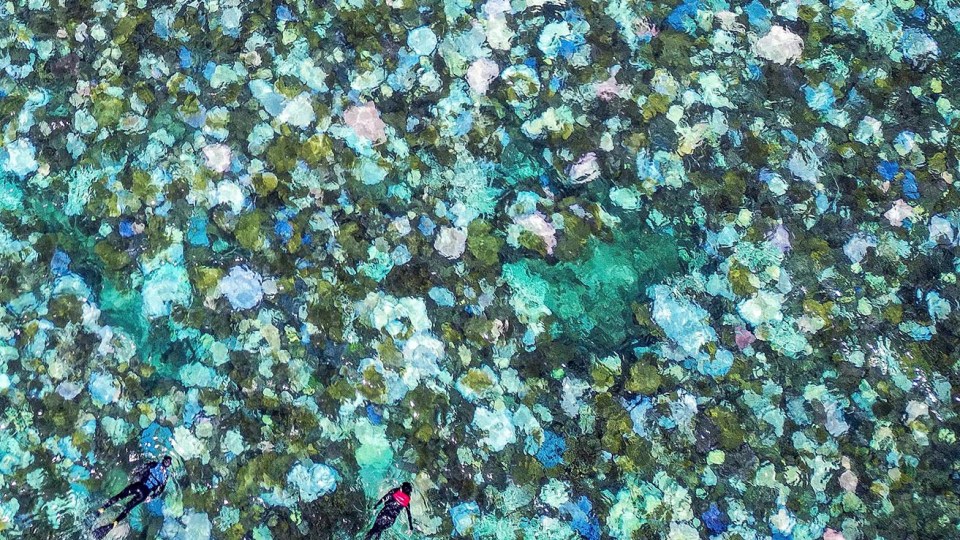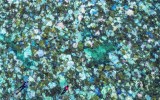


New research has added to mounting evidence that some coral species have greater capacity to adapt to the changing climate than is often appreciated.
But they still won’t survive even moderate levels of climate warming.
In what researchers are calling a “very surprising result”, a new study has found that eight species of coral prevalent in the Indo-Pacific are able to adapt to and survive some ocean warming and acidification.
It’s been estimated the corals can probably increase their thermal tolerances by 1.0 to 1.7 degrees Celsius over the next 50 years, depending on the species.

This means that for the coral to have a chance at adapting and persisting over the 21st century and beyond, greenhouse gas emissions must be sufficiently reduced to limit global warming to less than 2 degrees above the pre-industrial levels in alignment with The Paris Agreement.
The aim of the global treaty is to keep global temperature rise this century well below 2 degrees above pre-industrial levels and to pursue efforts to limit the temperature increase even further to 1.5 degrees.
According to the Intergovernmental Panel on Climate Change (IPCC), to achieve this greenhouse gas emissions must decline rapidly to net zero by about 2050, and become negative after that.
None of the species studied could withstand an ongoing “business-as-usual” emissions scenario.

“This was a very surprising result, given the usual projected collapse of coral reefs in Hawaii and globally under these climate change stressors,” says Christopher Jury of the University of Hawai’i (UH), first author of the study in Proceedings of the Royal Society B.
“Most projections are that corals will be almost entirely wiped out, and coral reefs will collapse within the next few decades because corals cannot adapt fast enough to make a meaningful difference.
“This study shows that is not true, and we still have an opportunity to preserve coral reefs.”
Over the course of almost a year, Jury and principal investigator Robert Toonen, measured “coral calcification” – the process by which coral polyps secrete calcium carbonate to build their hard limestone skeleton.
They did this for eight species of reef-building coral found throughout the Indo-Pacific, a region that comprises more than two-thirds of the coral reefs on Earth.
By studying the corals in semi-enclosed outdoor “mesocosms”, which mimic realistic conditions in the ocean while allowing the researchers to control temperature and acidity levels, they measured the single and combined impacts of warming ocean temperatures and ocean acidification on coral calcification.

“When we analysed how the corals performed under warmer, more acidic conditions, we found that about one-quarter to one-half of their tolerance [to those conditions] is inherited through their genes,” Toonen explains.
“That means the ability to survive under future ocean conditions can be passed along to future generations, allowing corals to adapt to ocean warming and acidification.”
They then used this new heritability data with historical data to estimate the potential increases in the corals’ thermal tolerances over the next 50 years.
“Under a high CO2 emissions scenario, none of these species are probably capable of keeping up with the greater than 3 degrees of warming expected by the end of the century,” write Toonen and Jury in their paper.
“In contrast, if climate change is limited to no more than 2 degrees above the pre-industrial (approximately 0.8 degrees above present day), in line with Paris Climate Agreement targets, then all of these species might be able to persist, albeit very likely with changes in coral reef community structure.”
This article first appeared at Cosmos Magazine. See the original here










